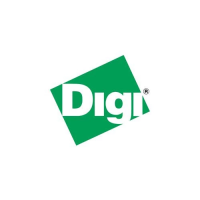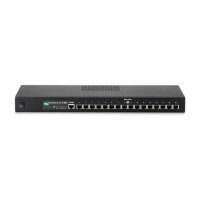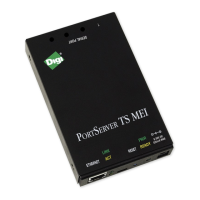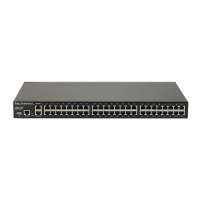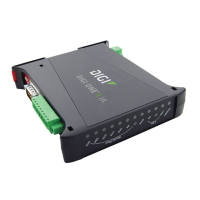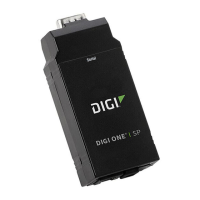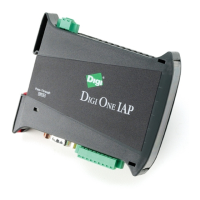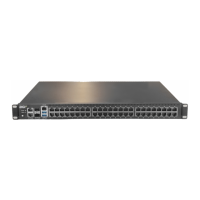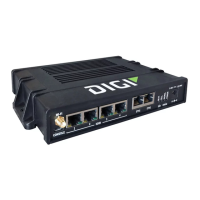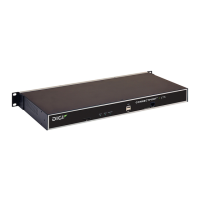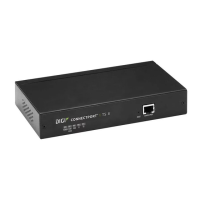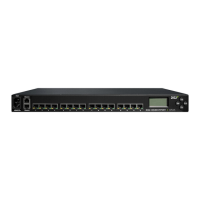Page 66 Basic Configuration 90030500B
PortServer II TCP/IP Port Numbers
PortServer II provides two ranges of TCP/IP service numbers to which you can con-
nect from other systems:
2001 - 2099 Telnet Connect
2101 - 2199 Raw Connect
A connection made to any 20
XX
port uses the Telnet protocol, providing full Telnet
compatibility. Use the 20
XX
ports in commands like:
pr myfile
|
telnet dbps-nodename 2001
A connection to any 21
XX
service is a raw connection, passing eight bit “clean” data.
Use the 21XX ports with RTTY (see
Chapter 9
) and custom applications.
The last two digits in each number indicate the port or group the user is connected to.
If the last two digits are in the range 01 through 64, the user is connected to the speci-
fied port. Numbers greater than 64 indicate a
port group number
, as configured with
set
port
group=
group_number
(See
Command Reference Guide
).
When several PortServer II ports are configured with the same group number, they
work like a telephone “hunt group.” Any attempted connection goes to the lowest
numerical port number that can currently accept a connection.
The
set
altip
command (See
Command Reference Guide
) can be used to define
alternate IP addresses for telnetting to a port or hunt group. (This command does not
support raw connections.) For example, you could replace
telnet
abc
2088
with
telnet
abcalt
, if that
abcalt
has an IP address associated with group 88 in the
altip
table, and
abcalt
is defined in a host table.
Note:
Choosing the wrong range of service numbers, (for example, 20
xx
instead of
21
xx
) is a common source of user problems.
